2017 Invited Speakers
We are pleased to announce our Bridges 2017 plenary speakers.
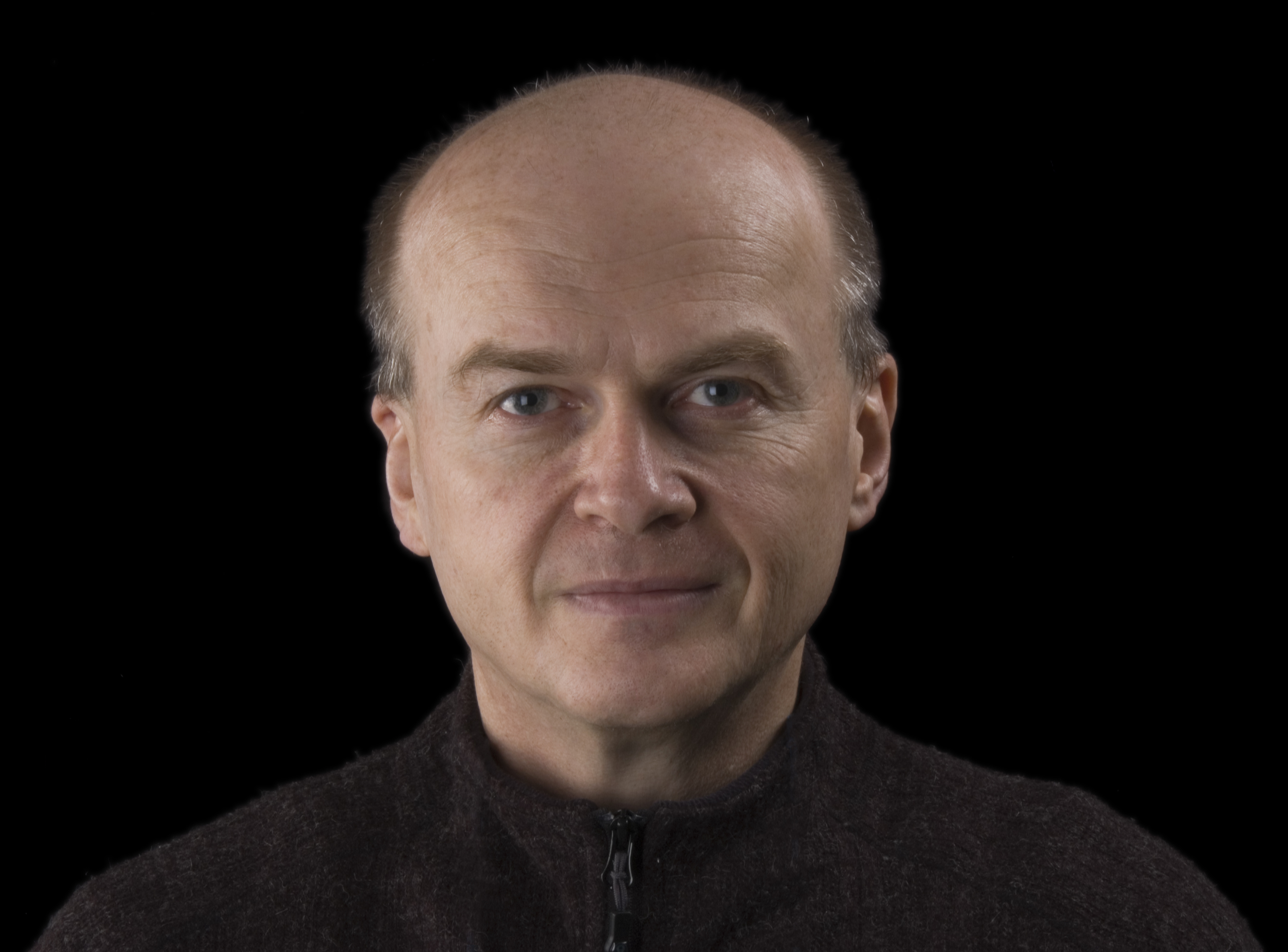
Philip Beesley
University of Waterloo
Philip Beesley, MRAIC OAA RCA, is a practicing visual artist, architect, and Professor in Architecture at the University of Waterloo and Professor of Digital Design and Architecture & Urbanism at the European Graduate School.
He serves as the Director for the Living Architecture Systems Group, and as Director for Riverside Architectural Press. His Toronto-based practice Philip Beesley Architect Inc. operates in partnership with Rolf Seifert and the Waterloo-based Adaptive Systems Group, and in numerous other collaborations. The studio’s methods incorporate industrial design, digital prototyping, and mechatronics engineering. Beesley frequently collaborates with artists, scientists and engineers. Recent projects include a series of hybrid fabrics developed with Atelier Iris van Herpen, curiosity-based machine learning environments developed with Rob Gorbet and Dana Kulic of the Adaptive Systems Group, and synthetic metabolisms developed with Rachel Armstrong of the University of Newcastle.
His research focuses on responsive and distributed architectural environments and interactive systems, flexible lightweight structures integrating kinetic functions, microprocessing, sensor and actuator systems, with particular focus on digital fabrication methods and sheet-material derivations. Beesley has authored and edited sixteen books and proceedings, and has appeared on the cover of Artificial Life (MIT), LEONARDO and AD journals. Features include national CBC news, Vogue, WIRED, and a series of TED talks. His work was selected to represent Canada at the 2010 Venice Biennale for Architecture, and has received distinctions including the Prix de Rome, VIDA 11.0, FEIDAD, Azure AZ, and Architizer A+.
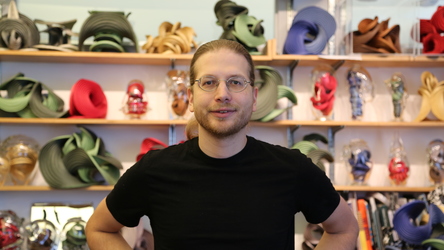
Erik Demaine
Massachussetts Institute of Technology
Cambridge, Massachussetts
Erik Demaine is a Professor in Computer Science at the Massachusetts Institute of Technology. Demaine's research interests range throughout algorithms, from data structures for improving web searches to the geometry of understanding how proteins fold to the computational difficulty of playing games. He received a MacArthur Fellowship as a “computational geometer tackling and solving difficult problems related to folding and bending—moving readily between the theoretical and the playful, with a keen eye to revealing the former in the latter”. He appears in the recent origami documentary Between the Folds, cowrote a book about the theory of folding (Geometric Folding Algorithms), and a book about the computational complexity of games (Games, Puzzles, and Computation). Together with his father Martin, his interests span the connections between mathematics and art, including curved-crease sculptures in the permanent collections of the Museum of Modern Art in New York, and the Renwick Gallery in the Smithsonian.
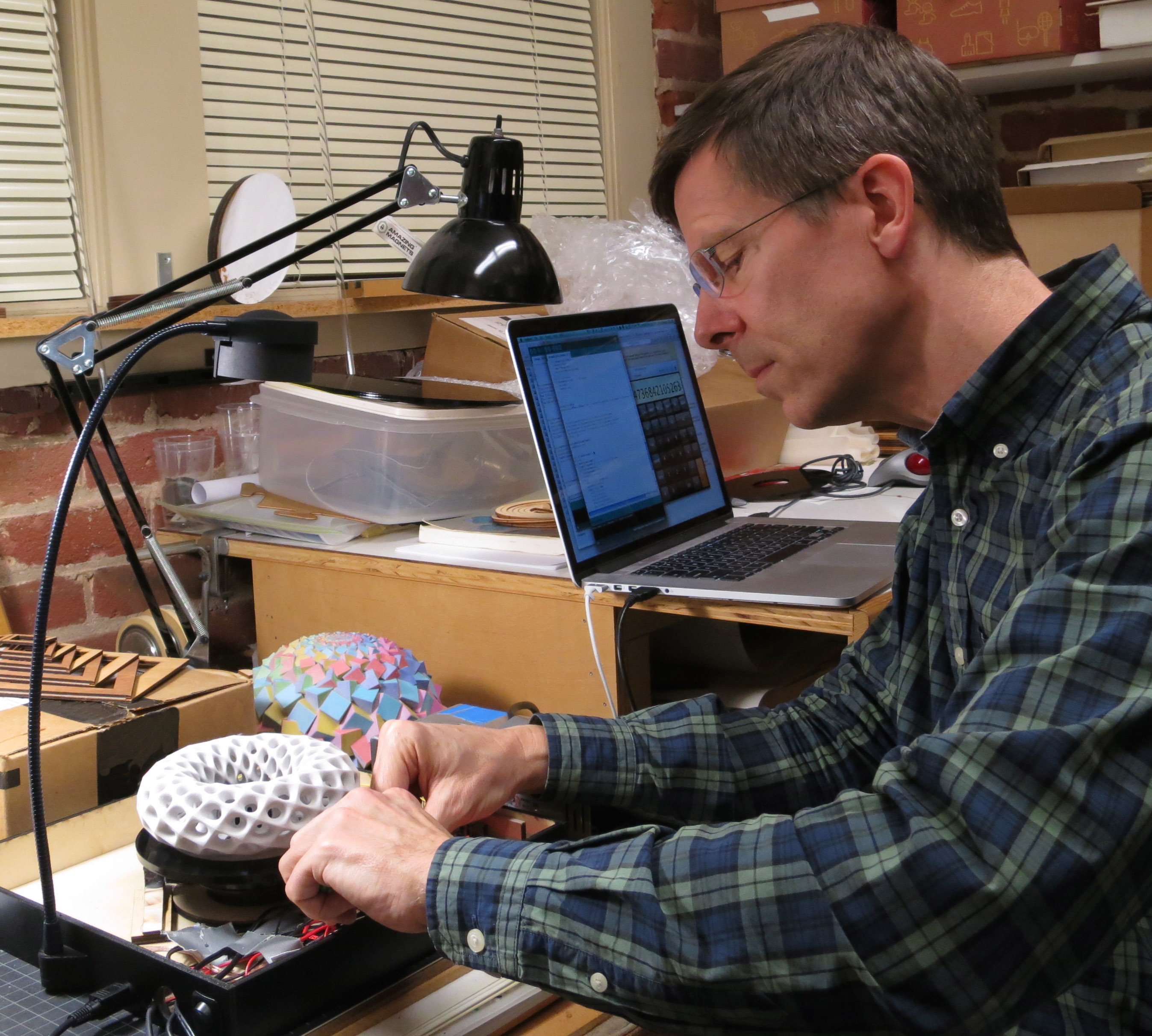
John Edmark
Stanford University
Stanford, California
John Edmark is a Lecturer in the Design Program at Stanford University. His art and design pursuits range from organically inspired transforming and kinetic works to products for storage, kitchen, and creative play. He is the inventor of the Helicone, an interactive kinetic toy, and Blooms, a new type of sculpture that animates when spun under a strobe light. Videos of his bloom sculptures have been viewed more than 20 million times online. He has designed interactive exhibits for museums including the Exploratorium, the San Jose Museum of Art, the Phaeno Science Center, and the Swiss Science Center Technorama. He has been an Artist-in-Residence at The Exploratorium and AutoDesk. He is named inventor on nine utility patents. Prior to focusing on art and design, he spent several years researching virtual environments at Bell Laboratories. His other interests include: hyper-stereo photography, stop-motion animation, natural pattern formation, and Tuvan throat singing.
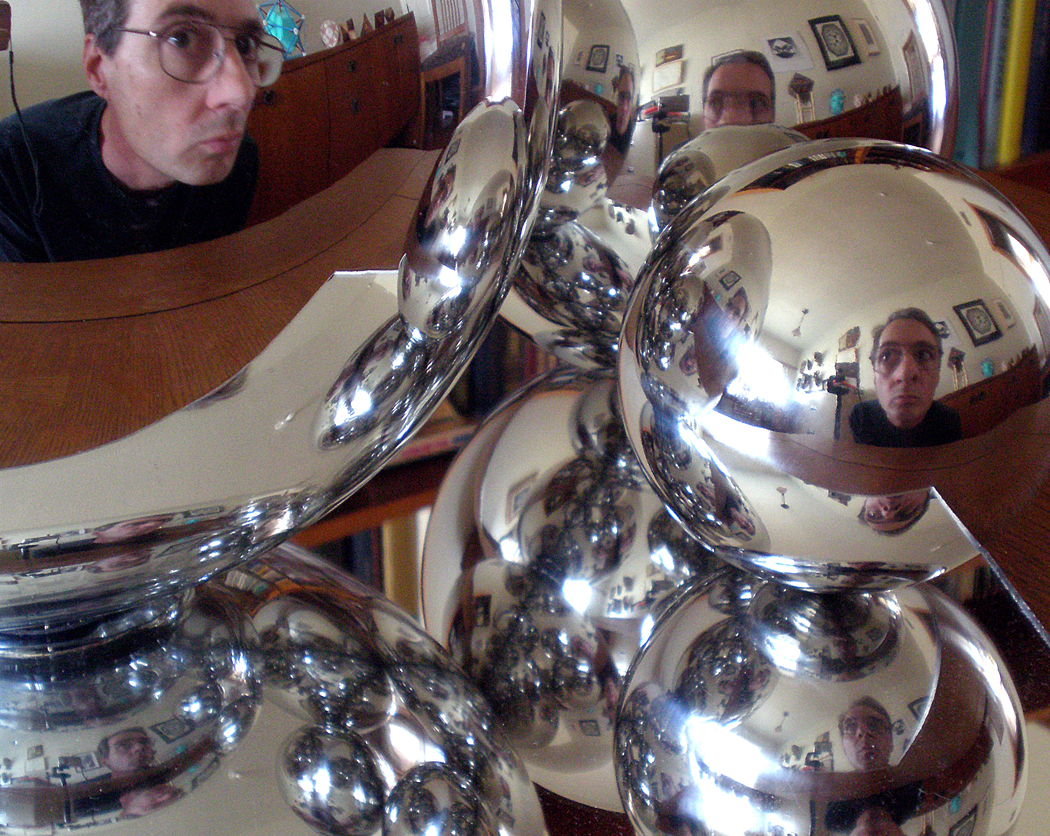
Robert Fathauer
Tessellations
Phoenix, Arizona
Robert Fathauer has had a life-long interest in art, but majored in Physics and Mathematics, going on to earn a Ph.D. from Cornell University in Electrical Engineering. For several years he was a researcher at the Jet Propulsion Laboratory in Pasadena, California. Long a fan of M.C. Escher, he began designing his own tessellations with lifelike motifs in the late 1980's. In 1993, he founded a business, Tessellations, to produce puzzles based on his designs. Over time, Tessellations' product line has grown to include mathematics manipulatives, polyhedral dice, and books. Robert is fascinated with mathematical forms in nature and has created fractal trees using photographs of real trees. More recently, he has been working with hand-built ceramics to create sculptures that combine fractal character with hyperbolic geometry, as well as sculptures based on polyhedra. In addition to creating mathematical art, he has taken an interest in promoting it through group exhibitions. He took the lead in making art exhibitions an annual feature of both the Bridges Conference, starting in 2001, and the Joint Mathematics Meetings, starting in 2004.
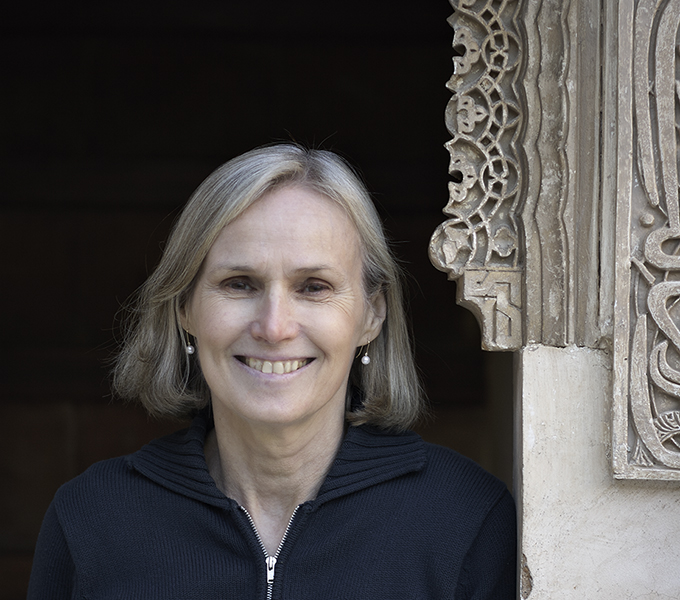
Lynn Gamwell
School of Visual Arts
New York, New York
Lynn Gamwell teaches the history of art, science, and mathematics at the School of Visual Arts in New York. She is author of Exploring the Invisible: Art, Science, and the Spiritual (Princeton, 2002), which was an “Editor’s Choice” of Scientific American, and selected by George Steiner as a "Book of the Year" for the Times Literary Supplement. Her most recent book is Mathematics + Art: A Cultural History (Princeton, 2016), with a foreword by Neil deGrasse Tyson. She directed the Gallery of Art and Science of the New York Academy of Science from 1994 to 2004. Her recent curated exhibitions include Infinity and Beyond: Contemporary Art about Mathematics (Heckscher Museum of Art, Long Island, New York, 2007) and Sacred Geometry and Secular Science (Loyola University Art Museum,2012).
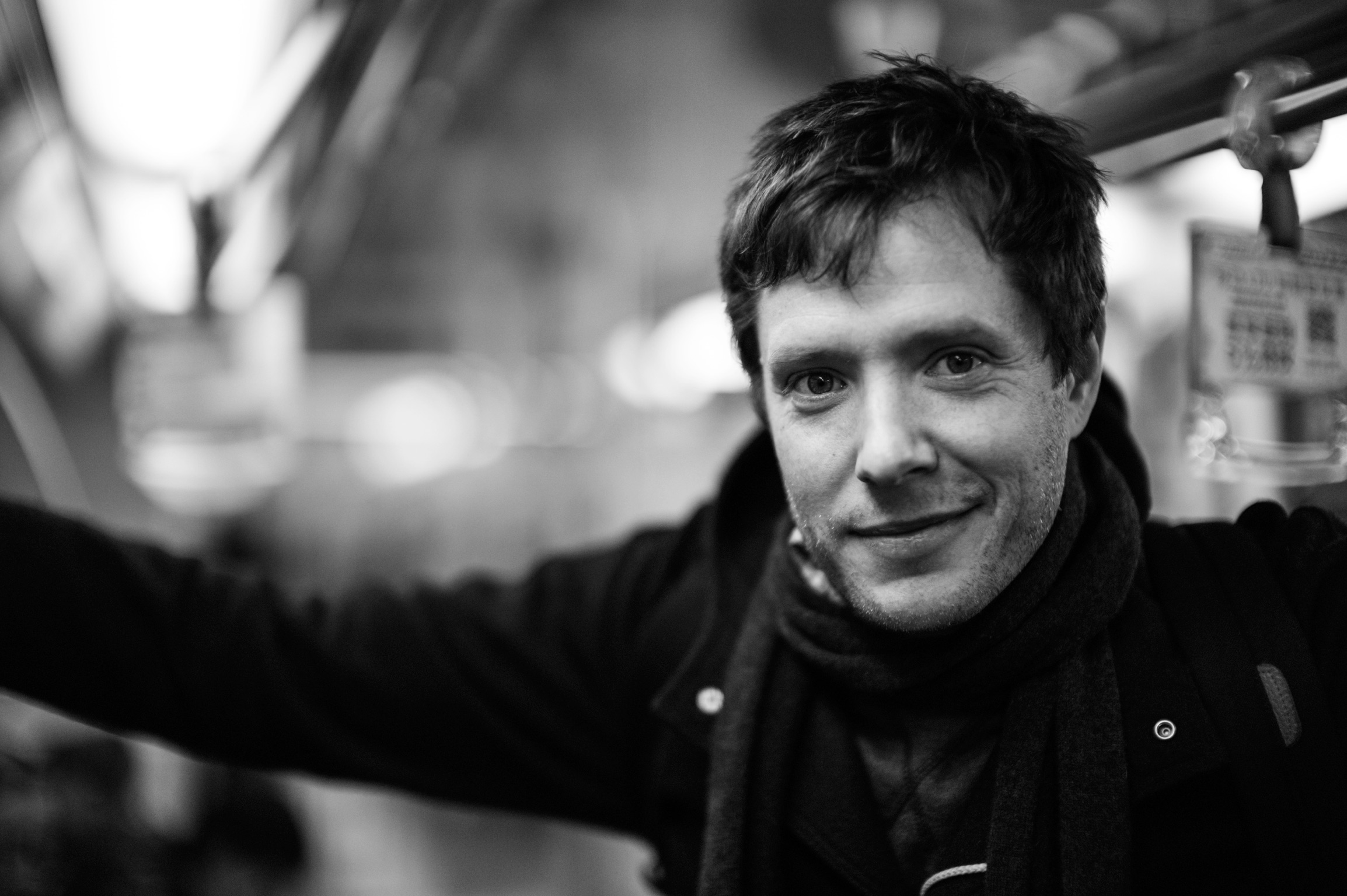
Damian Kulash
Los Angeles, California
Damian Kulash is the frontman for the polymath rock group OK Go and the director of the band’s long string of boundary-pushing music videos. The band have danced in zero gravity and on treadmills they’ve built a warehouse-sized Rube Goldberg machine to run in sync with a song, they've stunt-driven a car with robotic arms through an obstacle course of musical instruments, and they’ve choreographed hundreds of explosions filmed in just a few seconds.
This year, OK Go spoke at TED, received their third Grammy nomination, and were awarded the Smithsonian American Ingenuity Award for Visual Art. They’ve been honored with a Grammy, three MTV Video Music Awards, eleven Cannes Lions, five D&AD awards, a CLIO, three UK Music Video Awards, two Webby Awards, and have had their work presented at The Guggenheim, MoCA, LACMA, The Hirschhorn, The Hammer Museum, and Seattle’s Museum of Pop Culture.
Kulash graduated magna cum laude from Brown University. His essays and commentaries have appeared in The New York Times, The Wall Street Journal, The Washington Post, and on NPR’s All Things Considered. He has testified before Congress in support of Net Neutrality and he performed Happy Birthday for President Obama at his 50th birthday party. He lives and works in Los Angeles.
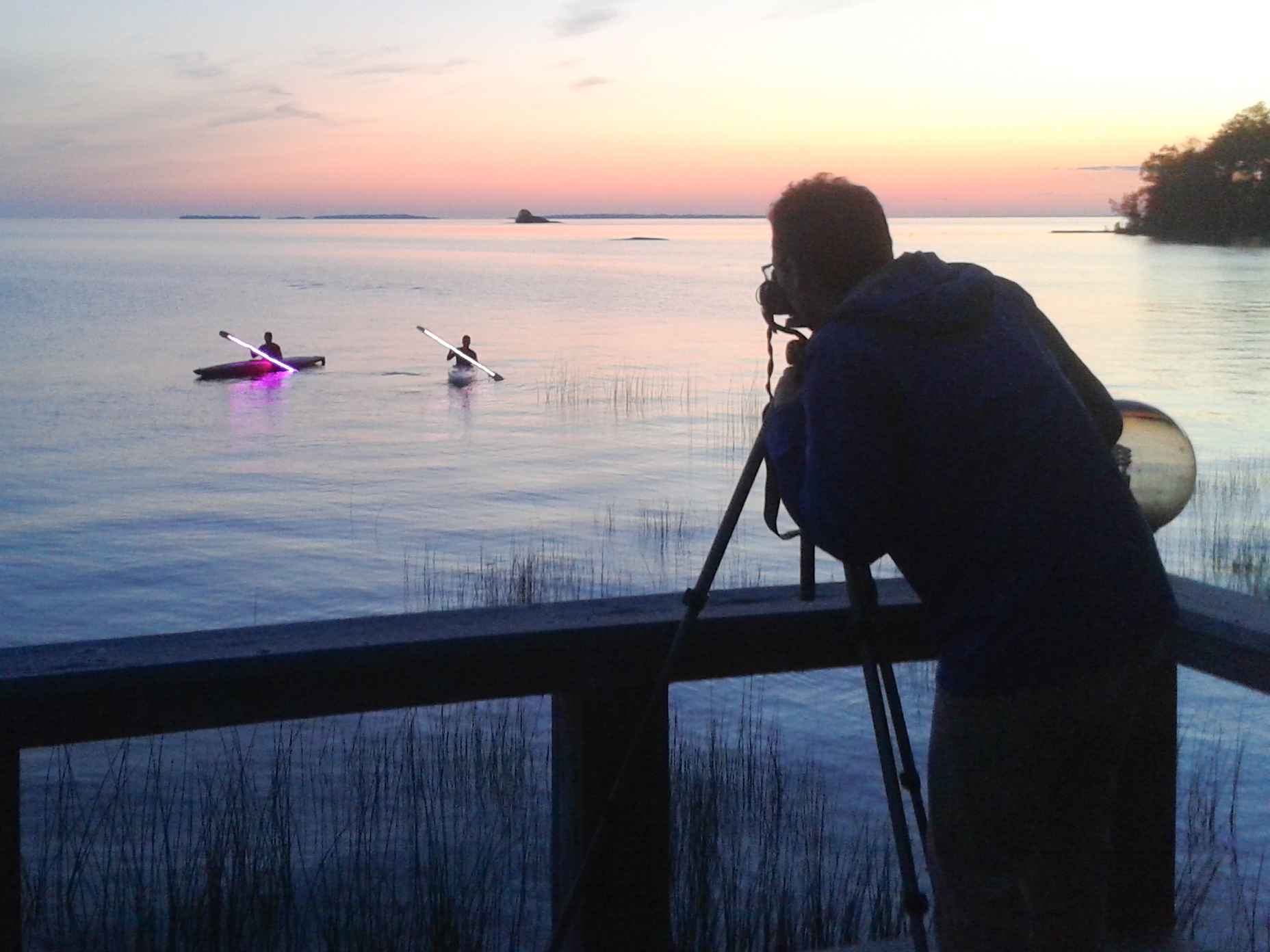
Stephen Orlando
Waterloo, Ontario
Stephen Orlando is a Waterloo, Ontario photographer and engineer. During his Master’s of Applied Science studying aerodynamics at the University of Waterloo, he became adept at highly technical photography by employing high speed cameras to study fluid flow. He now specializes in light painting photography to tell the story of movement. By attaching colour changing LED lights to objects like canoe and kayak paddles, and violin bows, their paths are revealed with a long exposure photo. The interest in his photos lies in the fact these light trails have not been artificially created in post-production and the photos are not composite images. Stephen draws inspiration for his work from his technical background as well as his love for the outdoors. An avid canoeist and kayaker, many of his photo shoots take place in remote locations of the Canadian wilderness. It is his aim to create both aesthetically pleasing images as well as show movement which usually goes unseen. His work has been exhibited in Korea, Italy, Taiwan, and at home in Canada.
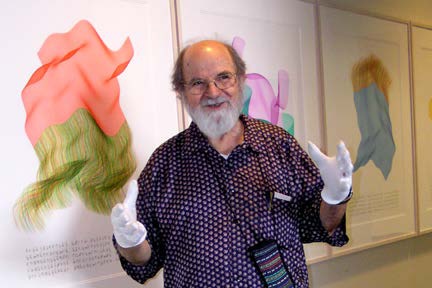
Roman Verostko
Minneapolis, Minnesota
Roman Verostko, Professor Emeritus, Minneapolis College of Art & Design, born 1929, is best known for his algorithmic pen and brush drawings. Although schooled as an illustrator at the Art Institute of Pittsburgh (1949), he began experimenting with electronic media in the 1960s. In the summer of 1970, as a Bush Fellow at MIT, he set out to “humanize our experience of emerging technologies”. He studied FORTRAN at the Control Data Institute and exhibited his first generative work, “The Magic Hand of Chance” in 1982. This program grew into his master drawing program HODOS, which generates art with pens and brushes mounted on drawing machines. His monumental murals for the University of St Thomas Science Center (1997) and Spalding University (2006) embody ideas outlined in his 1988 paper “Epigenetic Art: Software as Genotype". His show, Algorithmic Poetry: The Joy of Digital, celebrated “generative art” as visual poetry (DAM: Berlin, 2011).
He holds SIGGRAPH's "Distinguished Artist Award for Lifetime Achievement" (2009) and has had work included in: "Digital Pioneers" (V&A, London, 2009); "The Algorithmic Revolution" (ZKM, Karlsruhe, 2005), "Code: the language of our time" (2003, Linz, Austria), "Artec" (1995, Nagoya, Japan) and "Genetic Art-Artificial Life" (1993, Linz, Austria).